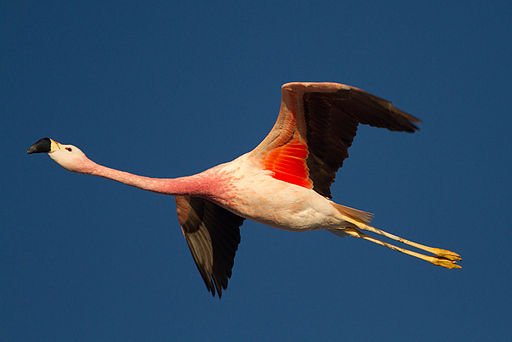Today I am going to remind you that September is Hunger Action Month. I have joined a group of amazing moms to try to fight hunger for children. Did you know that hunger affects 16.2 million American kids? Or that kids go to school hungry every day and in fact 3 in 5 teachers say they have students who come to school hungry every day in their class? Did you know that we are raising the largest generation of kids in hard times since the Great Depression? Did you know that just $1 can help connect a child to as many as 10 healthy meals? (Source: No Kid Hungry)
 |
| Stone Soup Plan |
 |
| The Very Hungry Caterpillar Plan |
The next thing we did was to host a canned food drive at Hazel's butterfly party. Between me cleaning out our cabinets and what Hazel's friends brought we had a very full bag of food for our local food pantry. When Hazel is older I am hoping to volunteer with her at the food pantry and the local soup kitchens.
I also would like to share some more books to help start the discussion of hunger with children. For the younger children a good short story about hunger is The Hungry Monster by Phyllis Root. This story is about an alien monster that lands on Earth and is very hungry. He tastes things he sees--a daisy, a rock, a tree, and then he sees a girl who gives him her banana (instead of him eating her) and he finally finds something he likes to eat. The girl is a little disgusted since he eats the peel and all. It is a wonderful introduction to talk about people who do not have enough to eat or enough good food to eat. The Very Hungry Caterpillar will also work for this. An activity following this discussion could be going to the grocery store and buying some food for your local food pantry. Let your child pick out some nutritious canned food and then bring it to the food pantry together.
For older children I like Kids Against Hunger by Jon Mikkelsen. In this story two friends wonder why their soccer coach does not get upset when a teammate missing practice every Wednesday. They decide to follow him one Wednesday and discover he is volunteering for an organization called Kids Against Hunger. The teammate explains that when he was younger his family went through rough times when they did not have enough to eat and now he likes to help others in that situation. The boys want to help to and suggest that they ask the coach to move their Wednesday practice to Thursday so the whole team can volunteer. It is a nice story to show how kids can help by donating their time. And of course the obvious activity with this book would be to volunteer at a food pantry or soup kitchen. To find a food pantry in your area look here.
Another easy thing to do is Dine Out for No Kid Hungry. There is still five days left to have a portion of your meal donated. Just click the link to see what local restaurants are offering near you.
So I hope you will join us in trying to end hunger throughout the world even if it is making a donation (food, money or time) to your local food pantry and/or soup kitchen. Also feel free to join us in this link party to share what you have done to end childhood hunger!

























